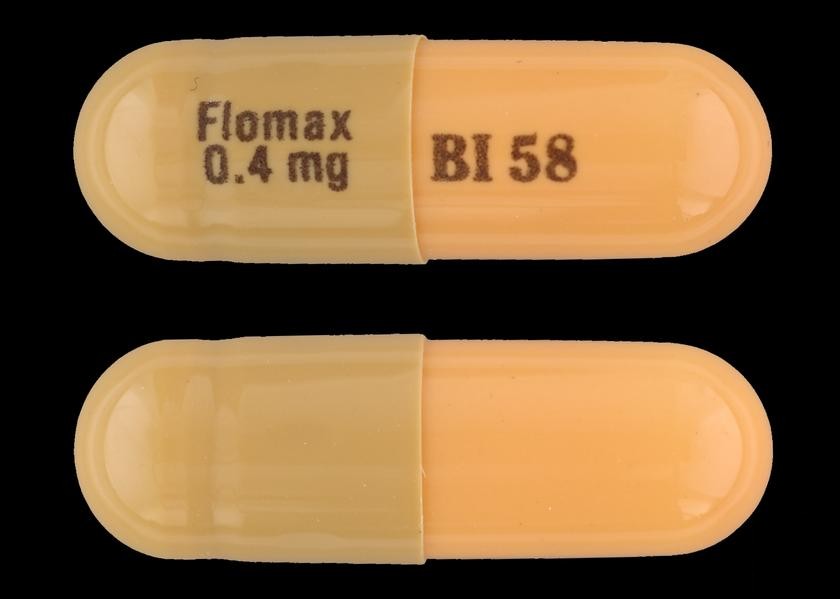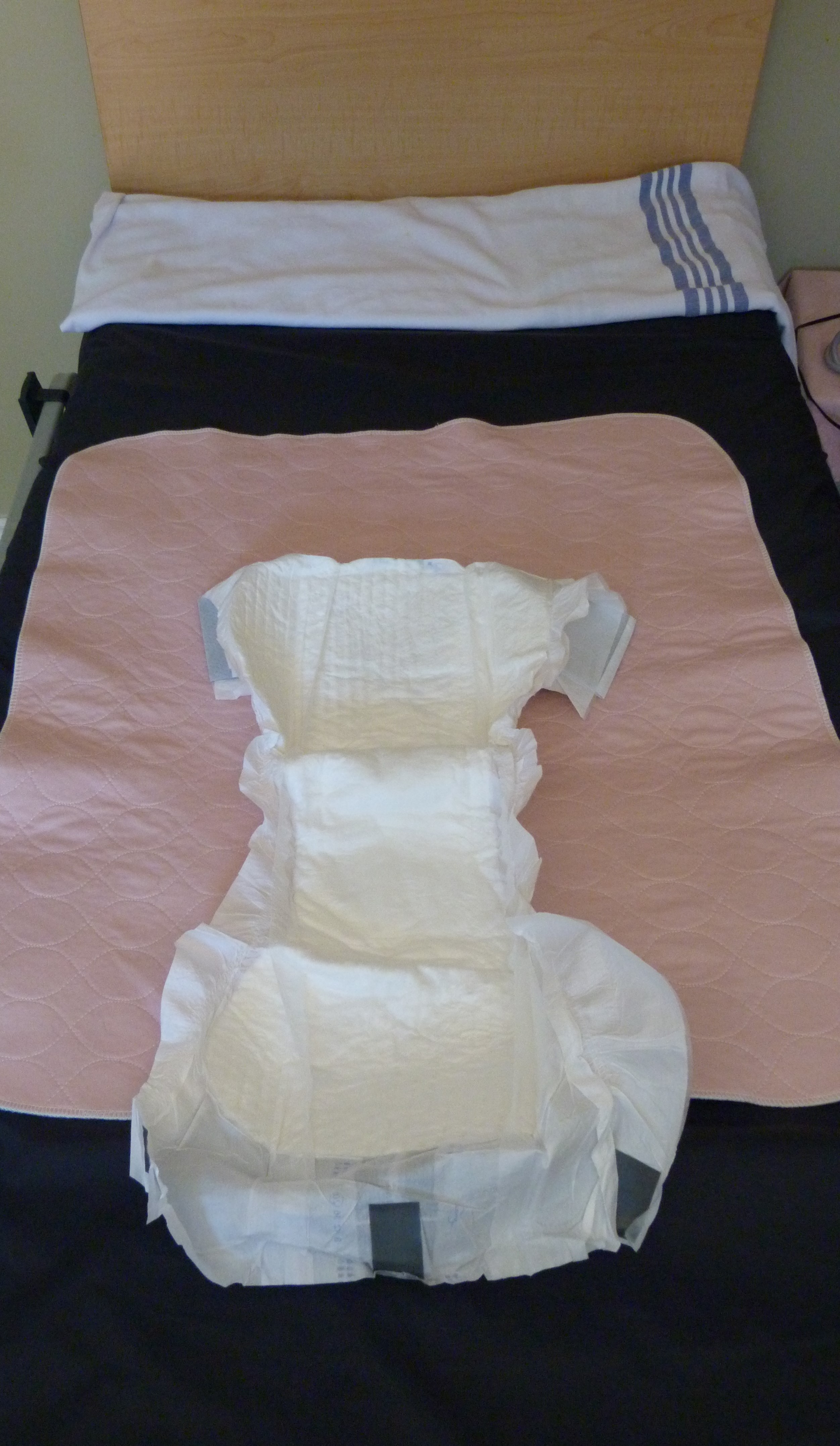|
Asynergy
Dyssynergia is any disturbance of Muscle, muscular coordination, resulting in uncoordinated and abrupt movements. This is also an aspect of ataxia. It is typical for dyssynergic patients to split a movement into several smaller movements. Types of dyssynergia include Ramsay Hunt syndrome type 1, bladder sphincter dyssynergia, and anal sphincter dyssynergia. Dyssynergia can be caused by disruption or damage between the cerebellum and the sacrum, sacral spinal cord. Damage to the spinal cord can be caused by injury or acquired through hereditary means such as myelodysplasia. Other hereditary means of dyssynergia can be from multiple sclerosis and various manifestations of transverse myelitis. In addition, most brain damage to the cerebellum will cause dyssynergia. The cerebellum is split into three separate parts: the archicerebellum (controls equilibrium and helps to move the eye, head and neck), midline vermis (helps to move lower body), and lateral hemisphere (control of arms an ... [...More Info...] [...Related Items...] OR: [Wikipedia] [Google] [Baidu] |
Ataxia
Ataxia (from Greek α- negative prefix+ -τάξις rder= "lack of order") is a neurological sign consisting of lack of voluntary coordination of muscle movements that can include gait abnormality, speech changes, and abnormalities in eye movements, that indicates dysfunction of parts of the nervous system that coordinate movement, such as the cerebellum. These nervous system dysfunctions occur in several different patterns, with different results and different possible causes. Ataxia can be limited to one side of the body, which is referred to as hemiataxia. Friedreich's ataxia has gait abnormality as the most commonly presented symptom. Dystaxia is a mild degree of ataxia. Types Cerebellar The term cerebellar ataxia is used to indicate ataxia due to dysfunction of the cerebellum. The cerebellum is responsible for integrating a significant amount of neural information that is used to coordinate smoothly ongoing movements and to participate in motor planning. A ... [...More Info...] [...Related Items...] OR: [Wikipedia] [Google] [Baidu] |
Muscle
Muscle is a soft tissue, one of the four basic types of animal tissue. There are three types of muscle tissue in vertebrates: skeletal muscle, cardiac muscle, and smooth muscle. Muscle tissue gives skeletal muscles the ability to muscle contraction, contract. Muscle tissue contains special Muscle contraction, contractile proteins called actin and myosin which interact to cause movement. Among many other muscle proteins, present are two regulatory proteins, troponin and tropomyosin. Muscle is formed during embryonic development, in a process known as myogenesis. Skeletal muscle tissue is striated consisting of elongated, multinucleate muscle cells called muscle fibers, and is responsible for movements of the body. Other tissues in skeletal muscle include tendons and perimysium. Smooth and cardiac muscle contract involuntarily, without conscious intervention. These muscle types may be activated both through the interaction of the central nervous system as well as by innervation ... [...More Info...] [...Related Items...] OR: [Wikipedia] [Google] [Baidu] |
Botox
Botulinum toxin, or botulinum neurotoxin (commonly called botox), is a neurotoxic protein produced by the bacterium ''Clostridium botulinum'' and related species. It prevents the release of the neurotransmitter acetylcholine from axon endings at the neuromuscular junction, thus causing flaccid paralysis. The toxin causes the disease botulism. The toxin is also used commercially for medical and cosmetic purposes. Botulinum toxin is an acetylcholine release inhibitor and a neuromuscular blocking agent. The seven main types of botulinum toxin are named types A to G (A, B, C1, C2, D, E, F and G). New types are occasionally found. Types A and B are capable of causing disease in humans, and are also used commercially and medically. Types C–G are less common; types E and F can cause disease in humans, while the other types cause disease in other animals. Botulinum toxins are among the most potent toxins known to science. Intoxication can occur naturally as a result of either ... [...More Info...] [...Related Items...] OR: [Wikipedia] [Google] [Baidu] |
Catheters
In medicine, a catheter ( ) is a thin tube made from medical grade materials serving a broad range of functions. Catheters are medical devices that can be inserted in the body to treat diseases or perform a surgical procedure. Catheters are manufactured for specific applications, such as cardiovascular, urological, gastrointestinal, neurovascular and ophthalmic procedures. The process of inserting a catheter is called ''catheterization''. In most uses, a catheter is a thin, flexible tube (''soft'' catheter) though catheters are available in varying levels of stiffness depending on the application. A catheter left inside the body, either temporarily or permanently, may be referred to as an "indwelling catheter" (for example, a peripherally inserted central catheter). A permanently inserted catheter may be referred to as a "permcath" (originally a trademark). Catheters can be inserted into a body cavity, duct, or vessel, brain, skin or adipose tissue. Functionally, they allow dr ... [...More Info...] [...Related Items...] OR: [Wikipedia] [Google] [Baidu] |
PTCA Stent NIH
{{Disambig ...
PTCA may refer to: * Percutaneous transluminal coronary angioplasty, a type of angioplasty * Percutaneous transhepatic cholangiography Percutaneous transhepatic cholangiography, percutaneous hepatic cholangiogram (PTHC) is a radiological technique used to visualize the anatomy of the biliary tract. A contrast medium is injected into a bile duct in the liver, after which X-rays a ... [...More Info...] [...Related Items...] OR: [Wikipedia] [Google] [Baidu] |
Tamsulosin
Tamsulosin, sold under the brand name Flomax among others, is a medication used to treat symptomatic benign prostatic hyperplasia and chronic prostatitis in men. It is also used to help with the passage of kidney stones. The evidence for benefit with a kidney stone is better when the stone is larger. Tamsulosin is taken by mouth. Common side effects include dizziness, headache, insomnia, nausea, blurry vision, and sexual problems. Other side effects may include feeling lightheaded with standing due to changes in blood pressure, and angioedema. Tamsulosin is an alpha blocker and works by relaxing muscles in the prostate. Specifically it is an α1-adrenergic receptor blocker. Tamsulosin was approved for medical use in the United States in 1997. It is available as a generic medication. In 2022, it was the twentieth most commonly prescribed medication in the United States, with more than 25million prescriptions. Medical uses Tamsulosin is used for benign prostatic hyp ... [...More Info...] [...Related Items...] OR: [Wikipedia] [Google] [Baidu] |
Terazosin
Terazosin, sold under the brand name Hytrin among others, is a medication used to treat symptoms of an enlarged prostate and high blood pressure. For high blood pressure, it is a less preferred option. It is taken by mouth. Common side effects include dizziness, headache, feeling tired, swelling, nausea, and low blood pressure with standing. Severe side effects may include priapism and low blood pressure. Prostate cancer should be ruled out before starting treatment. It is an alpha-1 blocker and works by relaxing blood vessels and the opening of the bladder. Terazosin was patented in 1975 and came into medical use in 1985. It is available as a generic medication. In 2021, it was the 234th most commonly prescribed medication in the United States, with more than 1million prescriptions. Synthesis Reaction of piperazine with 2-furoyl chloride followed by catalytic hydrogenation of the furan ring leads to 2. This, when heated in the presence of 2-chloro-6,7-dimethoxyquinaz ... [...More Info...] [...Related Items...] OR: [Wikipedia] [Google] [Baidu] |
Alpha Blockers
Alpha blockers, also known as α-blockers or α-adrenoreceptor antagonists, are a class of pharmacological agents that act as neutral antagonist, antagonists on Adrenergic receptor#.CE.B1 receptors, α-adrenergic receptors (Adrenergic receptor, α-adrenoceptors). Historically, alpha-blockers were used as a tool for pharmacologic research to develop a greater understanding of the autonomic nervous system. Using alpha blockers, scientists began characterizing arterial blood pressure and central vasomotor control in the autonomic nervous system. Today, they can be used as clinical treatments for a limited number of diseases. Alpha blockers can treat a small range of diseases such as hypertension, Raynaud syndrome, Raynaud's disease, benign prostatic hyperplasia (BPH) and erectile dysfunction. Generally speaking, these treatments function by binding an α-blocker to α receptors in the arteries and smooth muscle. Ultimately, depending on the type of alpha receptor, this relaxes th ... [...More Info...] [...Related Items...] OR: [Wikipedia] [Google] [Baidu] |
Electromyography
Electromyography (EMG) is a technique for evaluating and recording the electrical activity produced by skeletal muscles. EMG is performed using an instrument called an electromyograph to produce a record called an electromyogram. An electromyograph detects the electric potential generated by muscle cells when these cells are electrically or neurologically activated. The signals can be analyzed to detect abnormalities, activation level, or recruitment order, or to analyze the biomechanics of human or animal movement. Needle EMG is an electrodiagnostic medicine technique commonly used by neurologists. Surface EMG is a non-medical procedure used to assess muscle activation by several professionals, including physiotherapists, kinesiologists and biomedical engineers. In computer science, EMG is also used as middleware in gesture recognition towards allowing the input of physical action to a computer as a form of human-computer interaction. Clinical uses EMG testing has a varie ... [...More Info...] [...Related Items...] OR: [Wikipedia] [Google] [Baidu] |
Anorectal Manometry
Anorectal manometry (ARM) is a medical test used to measure pressures in the anus and rectum and to assess their function. The test is performed by inserting a catheter, that contains a probe embedded with pressure sensors, through the anus and into the rectum. Patients may be asked to perform certain maneuvers, such as coughing or attempting to defecate, to assess for pressure changes. Anorectal manometry is a safe and low risk procedure. From 2014 to 2018, the international anorectal physiology working group (IAPWG) meet several times to develop consensus on indications for anorectal manometry. Their assessment concluded that anorectal manometry was indicated when used in assessment of fecal incontinence, constipation, evacuation disorders (including Hirschsprung's disease), functional anorectal pain and in the assessment of anorectal function preoperatively or after a traumatic obstetric injury. In addition to the indications outlined by the IAPWG, anorectal manometry has be ... [...More Info...] [...Related Items...] OR: [Wikipedia] [Google] [Baidu] |
Fecal Incontinence
Fecal incontinence (FI), or in some forms, encopresis, is a lack of control over defecation, leading to involuntary loss of bowel contents—including flatus (gas), liquid stool elements and mucus, or solid feces. FI is a sign or a symptom, not a diagnosis. Incontinence can result from different causes and might occur with either constipation or diarrhea. Continence is maintained by several interrelated factors, including the anal sampling mechanism, and incontinence usually results from a deficiency of multiple mechanisms. The most common causes are thought to be immediate or delayed damage from childbirth, complications from prior anorectal surgery (especially involving the anal sphincters or hemorrhoidal vascular cushions), altered bowel habits (e.g., caused by irritable bowel syndrome, Crohn's disease, ulcerative colitis, food intolerance, or constipation with overflow incontinence). Reported prevalence figures vary: an estimated 2.2% of community-dwelling adult ... [...More Info...] [...Related Items...] OR: [Wikipedia] [Google] [Baidu] |





